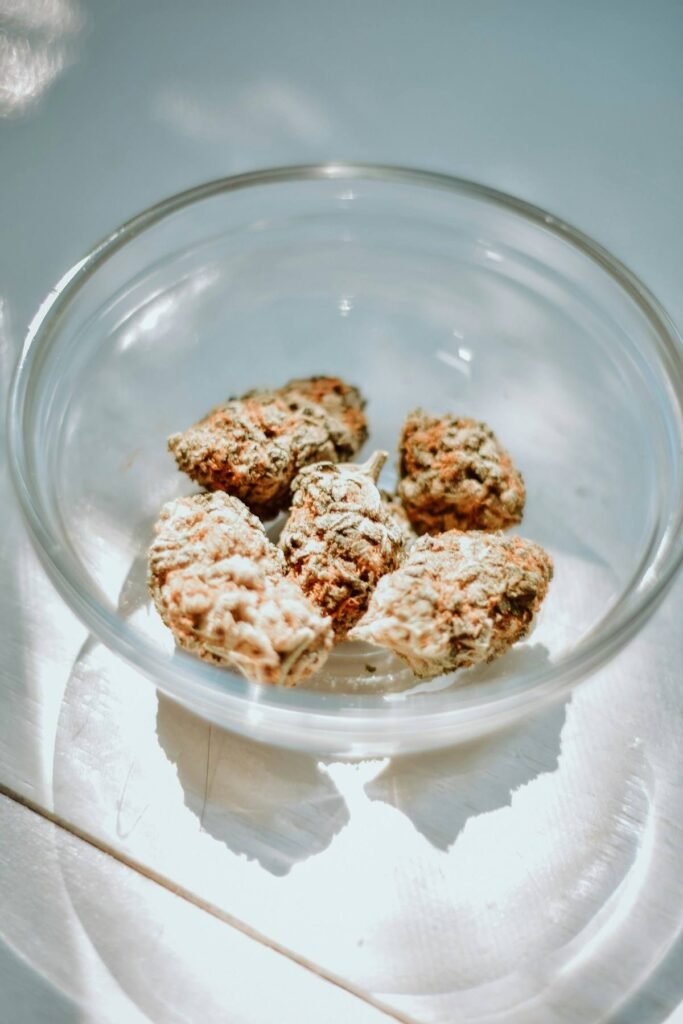In the wake of cannabis legalization, responsible storage has emerged as a paramount concern, safeguarding individuals, particularly children and pets, from the potential risks of accidental ingestion. Akin to storing medications or controlled substances, exercising utmost caution when handling cannabis and cannabis-infused products is crucial. One underrated key to protection lies in fine-tuning your defenses, paring them down to only the essential safeguards that effectively wrap your organization in a cocoon of security.
Labeling: Clarity and Identification
The first line of defense against unintentional consumption is clear and accurate labeling. Store cannabis products in their original packaging, which typically bears explicit markings regarding the contents, potency, and applicable warnings. If transferring items to an alternative container, meticulously label it with the same information to prevent confusion and potential mishaps. Make sure you are buying legal weed from a reputable dispensary or weed delivery service.
Separation: Eliminating Potential Confusion
To eliminate the possibility of inadvertent ingestion, store cannabis products separately from food items or medications. Dedicate a distinct and secure area solely for the storage of cannabis-related items, ensuring they remain isolated and easily identifiable.
Secure Storage: Locked, Out of Sight, and Inaccessible
Investing in a secure, locked container or cabinet is essential for the safe storage of cannabis products. With top-notch safety in mind, these containers have been crafted to prevent even the most curious kids from getting their hands on restricted items.
Furthermore, position the locked storage unit in an elevated or inaccessible location, such as a high shelf or a locked cupboard, rendering it out of reach for children and pets. From this point on, adopt these measures and you’ll diminish the threat of unintentional consumption, breathing a collective sigh of relief.
Understanding the Risks: Children and Pets
Children and pets are particularly vulnerable to the adverse effects of cannabis ingestion. The psychoactive compound THC (tetrahydrocannabinol) can profoundly impact their developing bodies and brains, potentially leading to symptoms such as lethargy, impaired coordination, altered mental status, and, in rare cases, respiratory distress or seizures.
With cannabis poisoning, timing is everything – the sooner you can identify the warning signs, the faster you can get medical attention and steer clear of disaster. In children, watch for vomiting, dizziness, difficulty walking, rapid heart rate, drowsiness, confusion, and breathing difficulties. Pets, on the other hand, may exhibit signs such as loss of urinary control, vomiting, lethargy, shaking, stumbling, drooling, and irregular breathing.
Education and Communication: Fostering Awareness
Engaging in open and honest conversations about the potential risks associated with cannabis is essential. Educate family members, including children, about the importance of not consuming cannabis or cannabis-infused products without proper authorization. Foster an environment of understanding and transparency, ensuring that everyone is aware of the potential consequences of accidental ingestion.
Responsible Storage: A Proactive Approach
Ultimately, the most effective way to prevent accidental ingestion is through responsible storage practices. Avoid inadvertently making children or pets sick by securely storing all cannabis and cannabis-infused products, with a particular emphasis on edibles, which can be easily mistaken for regular food items.
With safety top of mind, sticking to these guidelines will bring you peace of mind and a cannabis storage system that’s free from worry and risk.
Time to make safety number one
As legal cannabis markets expand, safety and responsibility become paramount; now’s the time to beef up storage and handling protocols and stake our collective reputation on it. Think about it: cannabis products that announce what they are, shelved alongside foods and medications only when necessary, and presented in a clear, no-nonsense way. That’s the kind of environment where people can thrive, minus the anxiety of an accidental nightmare.

